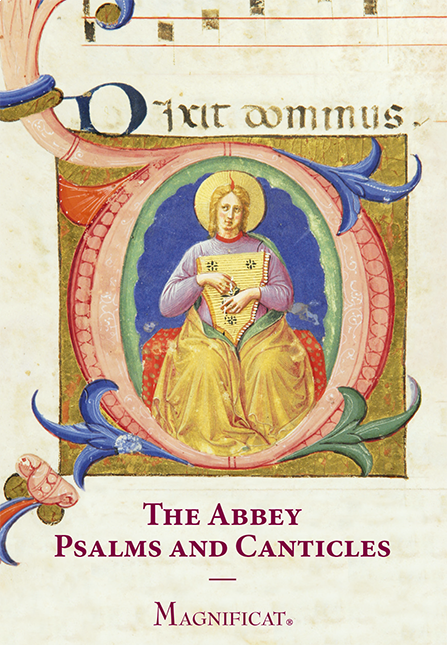In the final part of Benedict XVI’s apostolic letter Sacramentum caritatis, The Sacrament of Charity, the pontiff discussed “the Eucharistic form of Christian life.” He here shows the connection between the Eucharistic sacrament and the whole life of Christian believers, itself a kind of liturgy. Eucharistic worshipers are transformed through the principle of divine life that is planted within them, through their reception of the Body and Blood of the Son of God, to offer themselves—all their thoughts, words, and actions—in union with Jesus’ immaculate and acceptable sacrifice: the uniquely perfect adoration that the Triune God deserves. Our immersion into this mystery cannot be limited to one hour a week. Benedict quotes Saint Paul: I urge you therefore, brothers, by the mercies of God, to offer your bodies as a living sacrifice, holy and pleasing to God, your spiritual worship (Rom 12:1).
The “spiritual worship” to which Paul and the pope here refer and call us—logiké latreía in Greek, literally “rational worship”—is a tremendously important point of reference for our Christian life. For the early Christians this notion was more frequently emphasized than Christ’s real presence in the Eucharist. At one level the metric of “rational worship”—which Paul did not invent, but borrowed from the Greco-Roman world—aligns the Christian’s life with the aspirations of the classical philosophical search for ethical wholeness. The worshiper in “spirit and truth” must be moved by a living wellspring of action that transcends unthinking behaviors, worthy of a human nature endowed with the gifts of reason and freedom. At the same time, as the subsequent verse in the same passage of Romans says, we must be transformed by the renewal of [our] mind (Rom 12:2). It will not do to be conformed to the wisdom of the philosophers and wise men: reasonable religious action as measured by a purely worldly standard. The logical measure of Christian worship is the divine Logos: the Word made flesh, crucified, buried, and risen.
Conformity to the truth of divine wisdom, to the foolishness of the wisdom of the cross, can look unsettlingly “unreasonable” in this “reasonable worship” to which we are called. What wisdom proclaims such backwards things as that It is more blessed to give than to receive (Acts 20:35)? This paradox also highlights the bodiliness of the Christian’s “spiritual worship.” We are not invited to live an abstract, intellectualized, immaterial mode of sacrifice to God, but to offer our own bodies as living oblations. In union with our mystical share in the death of the incarnate Lord, our members are meant to be instruments of his own charity.
For the early Christians, “spiritual worship” was no self-serving abstraction. A life of sacramental union with the Eucharistic Christ was measured by real, embodied acts of charity: the corporal works of mercy. The taking up of the community’s collection in the very midst of the act of worship was more than some matter of administration. It expressed how care for the poor represented worshipers’ privileged mode of participation and communion in the Lord’s own great work of mercy.
Charity itself in this way gains status as a sort of sacrament of the sacrament of the altar. The Christian life itself becomes sacramental in the broadest but also deepest sense of that word: a physical sign and a visible vehicle of an invisible grace. The grace that our lives must radiate is the charity that we receive: a mercy that moves us to show that same mercy to others.









